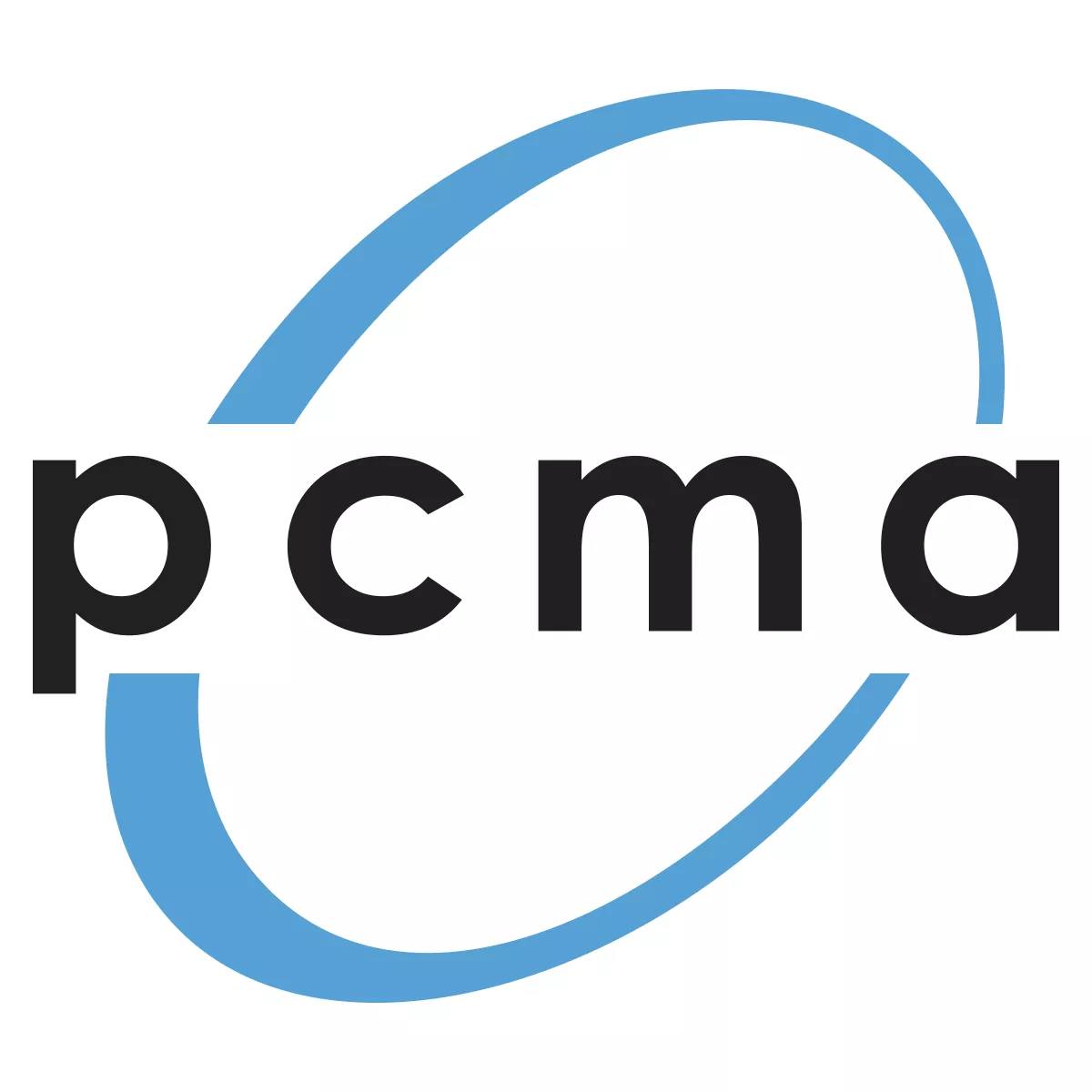What Destination Website Performance Taught Us in Q1 2025: Organic Trends, AI Impact, and the Road Ahead
New data reveals how recent changes to Google search and the rise of AI tools are impacting destination websites.
To gain a better understanding of how destination website traffic is being impacted by the ongoing updates to the Google search experience and the rise of AI answer engines, Tempest analyzed over 21 million sessions in Q1 2025 spanning approximately 80 diverse destinations with Tempest-built websites.
The findings reflect an evolving landscape — one where search is shifting, user engagement is more valuable than ever, and emerging technologies are introducing new discovery challenges. Combined with additional research on Google’s AI Overview impact conducted for the month of April, the data reveals important patterns and practical takeaways for DMOs of every size.
1. Organic Traffic Growth Is Slowing, But Remains the Most Valuable, Engaged Channel
Organic search remains the largest traffic source, accounting for more than 52% of all sessions across all sites surveyed. However, the year-over-year trend is shifting. When comparing organic traffic growth in 2024 to 2025, we discovered that:
- Growth in organic sessions has decelerated significantly, particularly among high-traffic sites more likely to be impacted by changes to the search engine results page (SERP).
- Several destinations that previously saw double-digit growth in 2024 are now reporting flat or negative trends to start 2025.
Despite this slowdown, organic traffic continues to deliver the strongest engagement scores of all traffic sources examined. Average engagement rates reached heights of over 72%, compared to an average of only 60% for all traffic sources. This reinforces that when users discover your website via organic search channels, they are more likely to complete a conversion (such as a partner referral or visitor guide request), consume your content, or otherwise engage with your digital experience.
Key Takeaways: Destinations should brace for an organic traffic slowdown, and even possibly a decline in 2025. Optimizing for Google search is still essential, but success depends on adapting to today’s realities. This includes improving visibility in AI Overviews and evolving search presentations, while also adjusting primary KPIs (more on that in a bit!). It is also now crucial to explore diversification of traffic acquisition channels, potentially offsetting organic traffic losses via strategic investments in paid channels, such as Google Ads, connected TV campaigns or other programmatic advertising options.
Key Takeaways: Being cited in AI Overviews may improve domain visibility in Google, but it doesn’t guarantee traffic. Destinations must monitor citations closely and explore ways to reinforce direct traffic and diversify acquisition channels.
3. Website Size Influences Organic Traffic Risk
When destinations were grouped by quarterly session volume, a clear pattern emerged:
- Small sites (<25K sessions): Less exposed to AI Overview risk, with strong engagement and occasional organic gains — especially among Growth clients using paid and SEO together.
- Mid-sized sites (25K–100K sessions): Performance varied. Many had 50–100+ AI citations, with mixed outcomes.
- Large sites (>100K sessions): Universally affected by AI Overviews. All had 100+ citations and experienced major traffic losses.
We also explored the total number of URLs served in Google search, as well as total keyword exposure for Tempest’s Growth Marketing clients and the findings were strikingly similar:
- Sites with >15,000 keywords in Google: Saw an average organic traffic dip of -12% (with some as steep as -38% YOY).
- Sites with <15,000 keywords in Google: Witnessed average organic traffic growth of 5% YOY (some as high as 54% YOY).
- Sites with >2,000 Google-indexed URLs: Experienced average organic traffic losses of -9%.
- Sites with <2,000 Google-indexed URLs: Documented a slight average organic traffic gain of 4% YOY.
This suggests that destinations with robust content strategies are now disproportionately affected by Google’s AI-driven panels, which surface helpful content but divert or eliminate click-throughs.
Key Takeaways: No site is immune, but larger destinations with deep content libraries and broad keyword coverage are most susceptible to traffic impacts and zero click searches as a result of reimagined SERP experiences. These organizations should begin to adjust their website and digital marketing KPIs to focus more on impressions and share of voice, as well as engagement rate for the visits your website does receive.
Simultaneously, all destinations should continue to invest in content development — perhaps more than ever before — to develop a solid foundation for possible citations in these new discovery tools. While that may not necessarily equate to more website visitation at first, it is a tried and true method (based on the data outlined above) to secure valuable citations within AI Overviews.

4. LLM Referral Traffic Is Minimal, But Highly Engaged
Much has been made about how AI answer engines like ChatGPT, Perplexity and other tools are set to chip away at Google’s fierce grip on the online search market (despite Google still maintaining a close to 90% market share). But what does the data tell us?
Of the 21 million sessions we reviewed, LLM tools only accounted for less than 1% (0.09%, to be exact) of total traffic. Though limited, these visits did yield an average engagement rate of 66%, which is much higher than average engagement rates witnessed from other sources, such as paid search and paid social.
Key Takeaways: Monitor AI traffic as user adoption of these tools increases, but continue to refine your efforts to appear within Google’s search results. Explore methods to improve your likelihood to be cited within AI engineered results as users clicking through to your site from these platforms tend to be significantly more likely to engage with your content.

5. Growth Marketing Clients Show Clear Edges in Engagement & Recovery
While our Growth Marketing clients were not immune to traffic volatility, they consistently outperformed in key areas:
- Higher engagement rates across all traffic sources
- More frequent gains in user count, even amid broader declines
- Better resilience among small and mid-sized sites, thanks to omnichannel strategies (SEO, content, email, and performance marketing)
Key Takeaways: Despite declining CTRs and organic traffic, it is still crucial to invest in robust, helpful website content paired with strategic SEO techniques and targeted digital campaigns — such as those offered via our Growth Marketing services — to maintain overall website health and viability.
Final Thoughts: Performance Is Evolving (& So Must DMO Content Strategies)
The landscape of website content discovery is changing (rapidly). It is highly likely that by the time you review this data, additional updates and AI-powered results have been introduced to the user (such as Google’s recent announcement of a wide rollout of AI Mode).
Destinations must continue to adapt their strategies and remain nimble in this dynamic, AI-centric environment. Similarly, SEO and content strategies must evolve to meet the moment. The destinations that thrive will be those that track and adapt to AI trends while also prioritizing the development of helpful content that more closely matches user intent. Destinations should also explore new ways of communicating the success of their websites and digital campaigns, with tools such as Tourism Economics’ Website Impact Calculator.
At Tempest, we’re honored to help our DMO partners navigate this shift as we collectively work toward a future where destination organizations (and their digital investments) remain visible, trusted, and impactful.
Interested in learning more or exploring Tempest’s Growth Marketing services? Send us an email at [email protected].
Explore Our Services
At Tempest, we define growth as a broad, data-driven approach focused on ensuring visitors connect with your at every stage of the travel planning process.
The Tempest web development team are digital craftspeople building destination websites that set the benchmark for the industry.
Additional Insights

Embracing the Future of Search: A Roadmap for Destination Websites

Top Paid Media Strategies for Destination Marketing in 2025

Top GA4 Tips for DMOs















